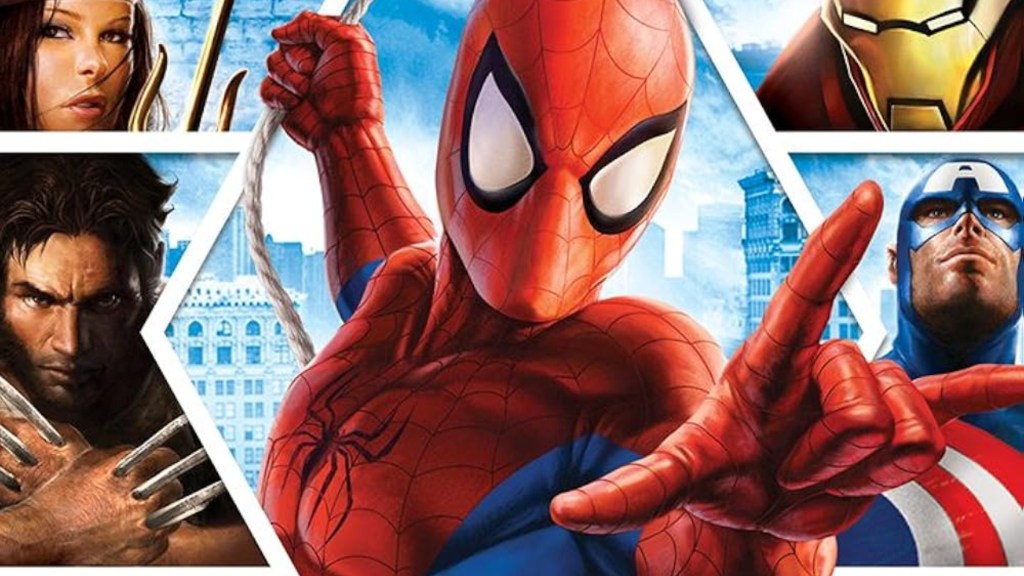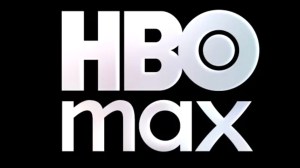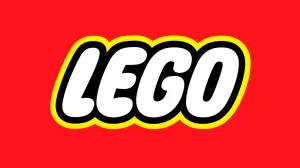Marvel: Ultimate Alliance is one of my favorite comic book video game adaptations of all time, and I’ve been waiting 6 years for a follow-up to their last entry in the series on the Nintendo Switch. The sheer vastness of superhero universes means game developers have plenty of room to build out their own take on classic characters while fitting them into specific game loops. Some titles (like Batman: Arkham City) make it almost seem too easy, finding the perfect blend of gameplay and narrative storytelling to really draw players in.
Videos by ComicBook.com
Another great example of this synergy can be found in the Marvel: Ultimate Alliance games. The top-down dungeon crawler is an expansive series, with a focus on the larger Marvel Universe as a whole rather than just one specific character or franchise focus. The result is that, across three games, players got to experience the true scale and scope of the Marvel Universe. It was a perfect showcase for the various corners of the franchise for newbies and long-time fans alike, and I really want a new entry in the series to finally come out.
Marvel Ultimate Alliance Is A Great Superhero Trilogy

Building off the success of the X-Men Legends titles, Marvel: Ultimate Alliance tasked players to assemble a four-person squad of heroes from across the Marvel Universe. Each game introduces a series of large stages, representing different corners of the cosmos. The first game focused on a conspiracy by Doctor Doom to gain godlike powers, while the third game brought in Thanos and the Black Order. The second title adapted the Civil War storyline and introduced a compelling tweak on the team-building formula by forcing players to pick a side in Iron Man and Captain America’s ideological divide. Their choice impacted their missions, forcing them to confront different heroes and villains while locking some playable characters on the other side of the conflict.
All three games did a great job of bringing a sense of adventure to the experience, with the first Ultimate Alliance in particular finding a lot of success in its minor side missions that force the player to fully explore each level in hopes of finding secret collectibles or hostages to save. Doing these impacted the endgame, revealing the future of the player’s personal Marvel Universe and the fallout of their decisions. The character selection expanded and changed between games, with an emphasis placed on team synergy and unique abilities. There’s just enough customization to make sure each hero feels unique to their player, all while utilizing a compelling combat and exploration gameplay loop that remained entertaining throughout.
Whether playing alone or with friends, Marvel: Ultimate Alliance was a fun riff on the hack-and-slash gameplay genre that titles like Gauntlet have perfected over the years. More than just a clone of those games with a Marvel coat of paint over it, the sheer depth of the Marvel references and storylines adapted for the game speaks to a genuine love for the comic book universe and its characters. All three games make deep pulls from the canon history of the franchise, giving characters like Blade just as much of the spotlight as Wolverine. Marvel Ultimate Alliance 3: The Black Order even found ways to incorporate classic favorites with more modern stars like Miles Morales and Ms. Marvel, speaking to the history and future of the franchise as a whole.
Ultimate Alliance Was A Great Concept, And Should Come Back Even Bigger

I don’t know why we’re still waiting for another entry in the Marvel: Ultimate Alliance series instead of just getting a new title. The expansive potential of the series means that any corner of the Marvel Universe would be up for grabs. While the games have already used plenty of iconic locations like Hele-Carriers and the Xavier Institute, there’s no reason players couldn’t revisit these locations for new adventures or stories.
There are hosts of new missions that could be developed based on new and classic comic storylines, similar to how Marvel: Ultimate Alliance 2 incorporated the Civil War plotline into the gameplay. The Marvel Cinematic Universe has fully embraced the massive scope of the multiverse in shows like What If…? and Loki, highlighting how a Marvel: Ultimate Alliance rooted in hopping between different dimensions could open up a limitless series of new worlds and timelines to explore.
There are even groups in Marvel continuity, like the Exiles, that would be perfectly suited for this kind of gameplay. A team of alternate reality variants sent across dangerous timelines could invite further customization for the players while also setting up countless new adventures and enemy forces to face off with. With more online options and crossplay as a possibility, a new Marvel: Ultimate Alliance could bring together teams from around the world and let them face off with the greatest threats in the Marvel cosmos.
I’ve played each Ultimate Alliance multiple times, and I’ve been dying for a new entry. I enjoyed getting to explore the superhero universes I love from the ground level, and I’ve had more fun playing alongside friends in a makeshift X-Men team than I’ve had with almost any other superhero game. Arkham City and Spider-Man 2 are both unassailable classics of the superhero game genre, but there’s something uniquely compelling about pulling together a team of like-minded gamers and going up against the likes of Galactus. I’ve been dying for a new entry in the series, and the time is right for another Marvel: Ultimate Alliance to go beyond one universe and into a brighter future.








